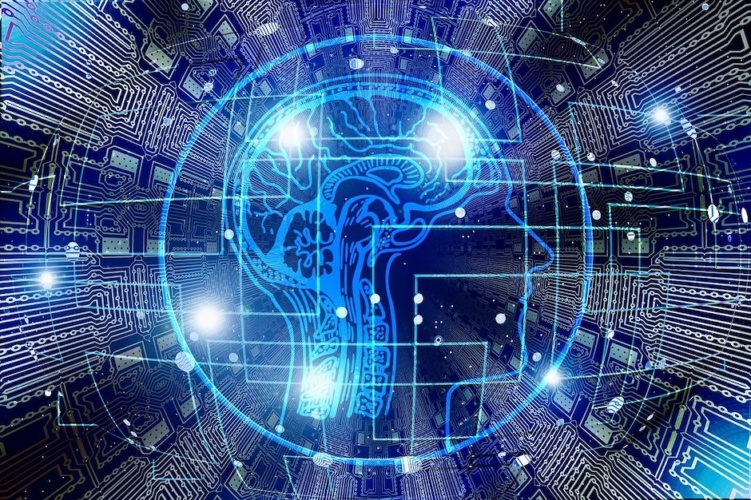New study uses wireless signals for emotion detection
New research from Queen Mary University of London explores how an AI approach based on wireless signals could lead to new methods of emotion detection.

Published in the journal PLOS ONE, the study demonstrates the use of radio waves to measure heart rate and breathing signals to predict how someone is feeling in the absence of other visual cues such as facial expressions.
PhD student at QMUL, Achintha Avin Ihalage, said their proposed deep learning approach is a novel neural architecture that can process time-dependent wireless signal and frequency-domain wavelet transformation images simultaneously while preserving temporal and spatial relationships.
While the ‘basic building blocks’ used to implement the neural network are well known and widely adopted, added first author and PhD student Ahsan Noor Khan, the method of evoking emotions and its combination with wireless signals for unobtrusive sensing of breathing and heart rate is potentially new and could open doors for new opportunities in wireless emotion detection.
“Being able to detect emotions using wireless systems is a topic of increasing interest for researchers as it offers an alternative to bulky sensors and could be directly applicable in future 'smart' home and building environments,” said Noor Khan. “In this study, we've built on existing work using radio waves to detect emotions and show that the use of deep learning techniques can improve the accuracy of our results."
Register now to continue reading
Thanks for visiting The Engineer. You’ve now reached your monthly limit of news stories. Register for free to unlock unlimited access to all of our news coverage, as well as premium content including opinion, in-depth features and special reports.
Benefits of registering
-
In-depth insights and coverage of key emerging trends
-
Unrestricted access to special reports throughout the year
-
Daily technology news delivered straight to your inbox










Water Sector Talent Exodus Could Cripple The Sector
Maybe if things are essential for the running of a country and we want to pay a fair price we should be running these utilities on a not for profit...